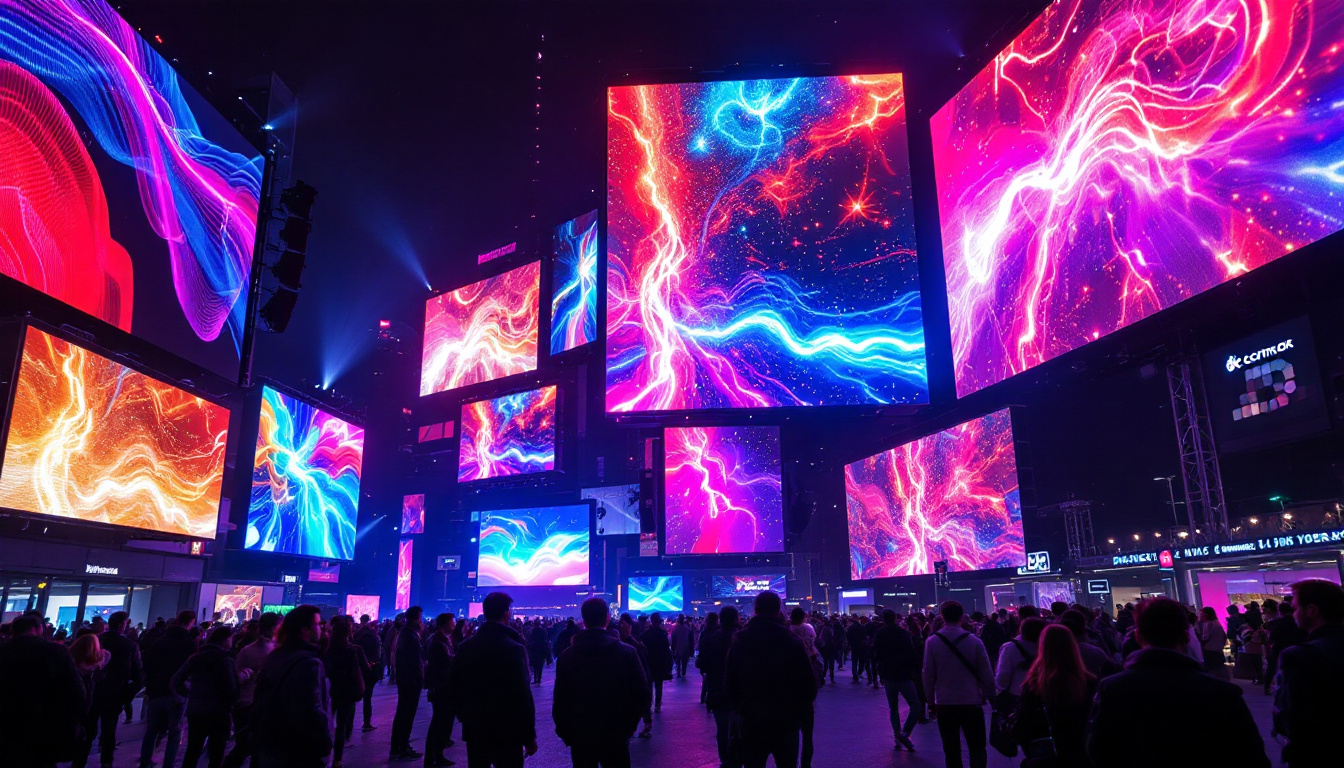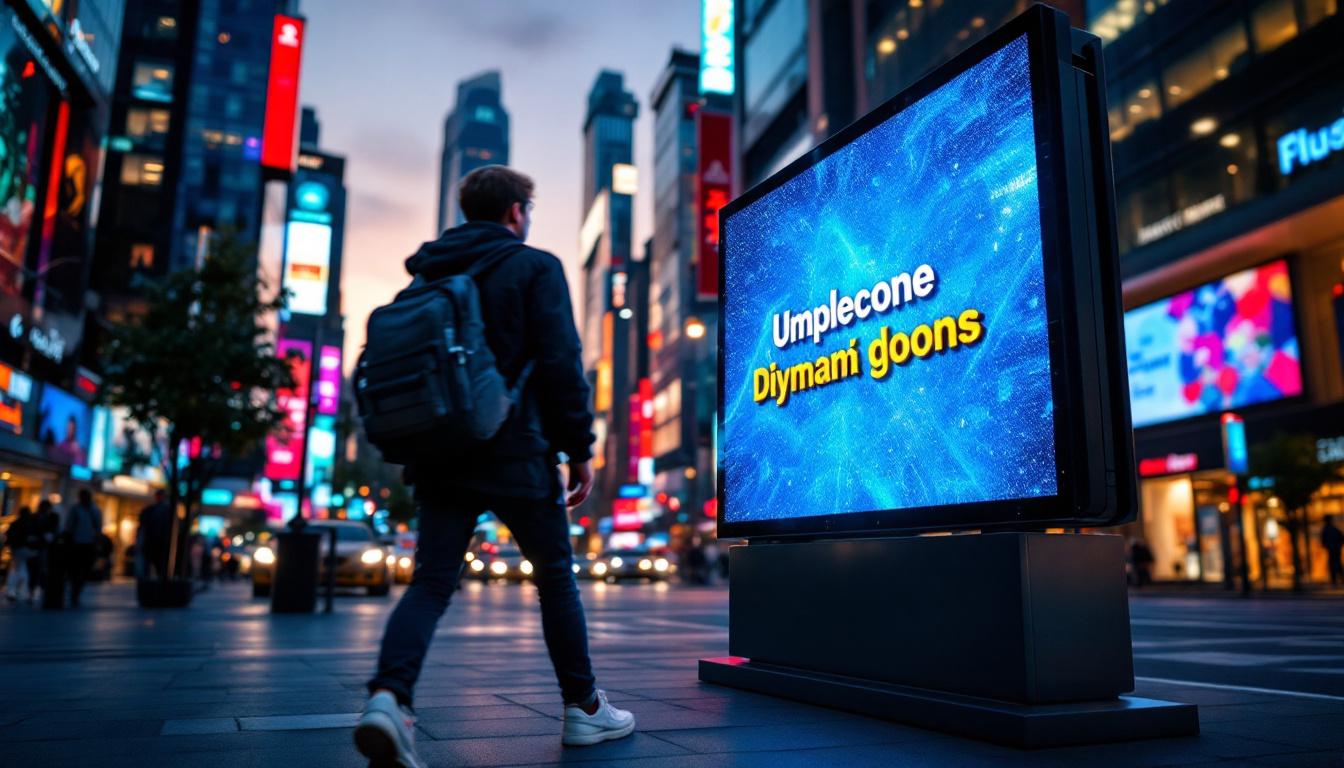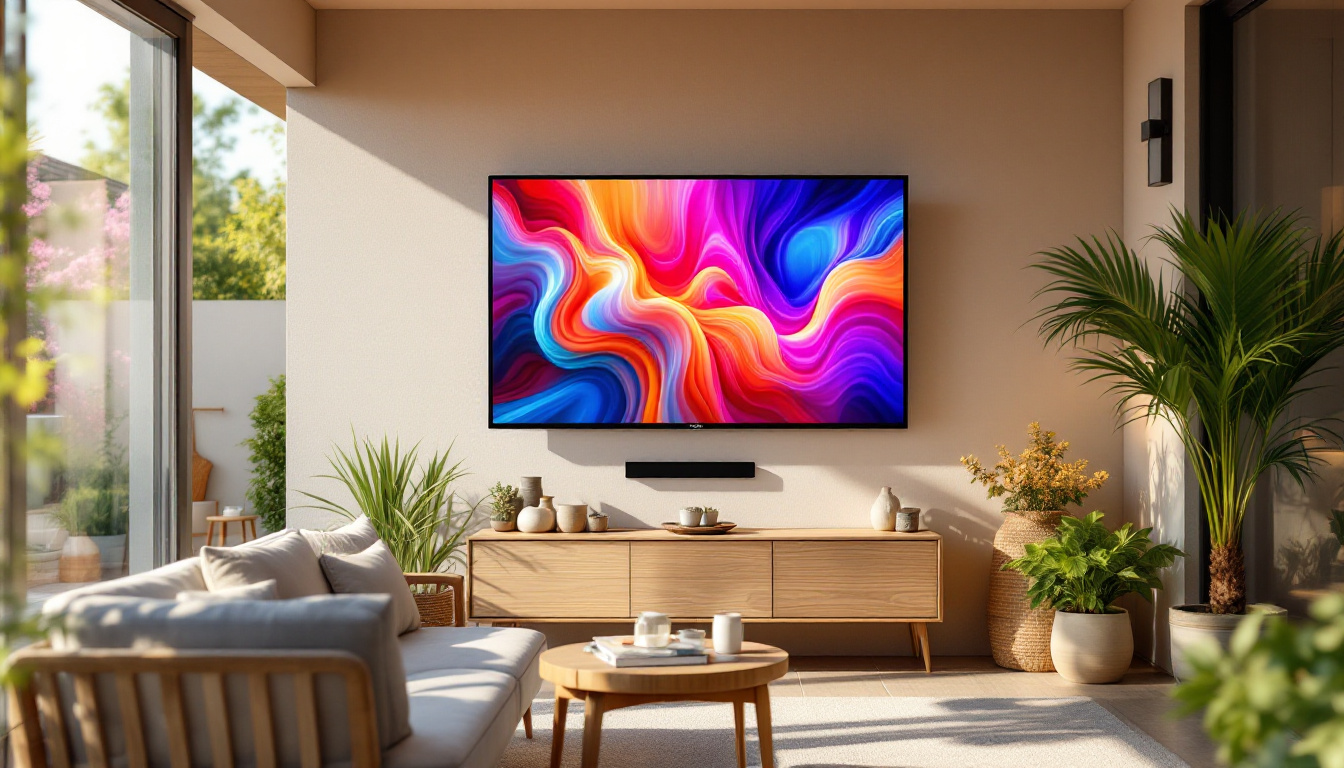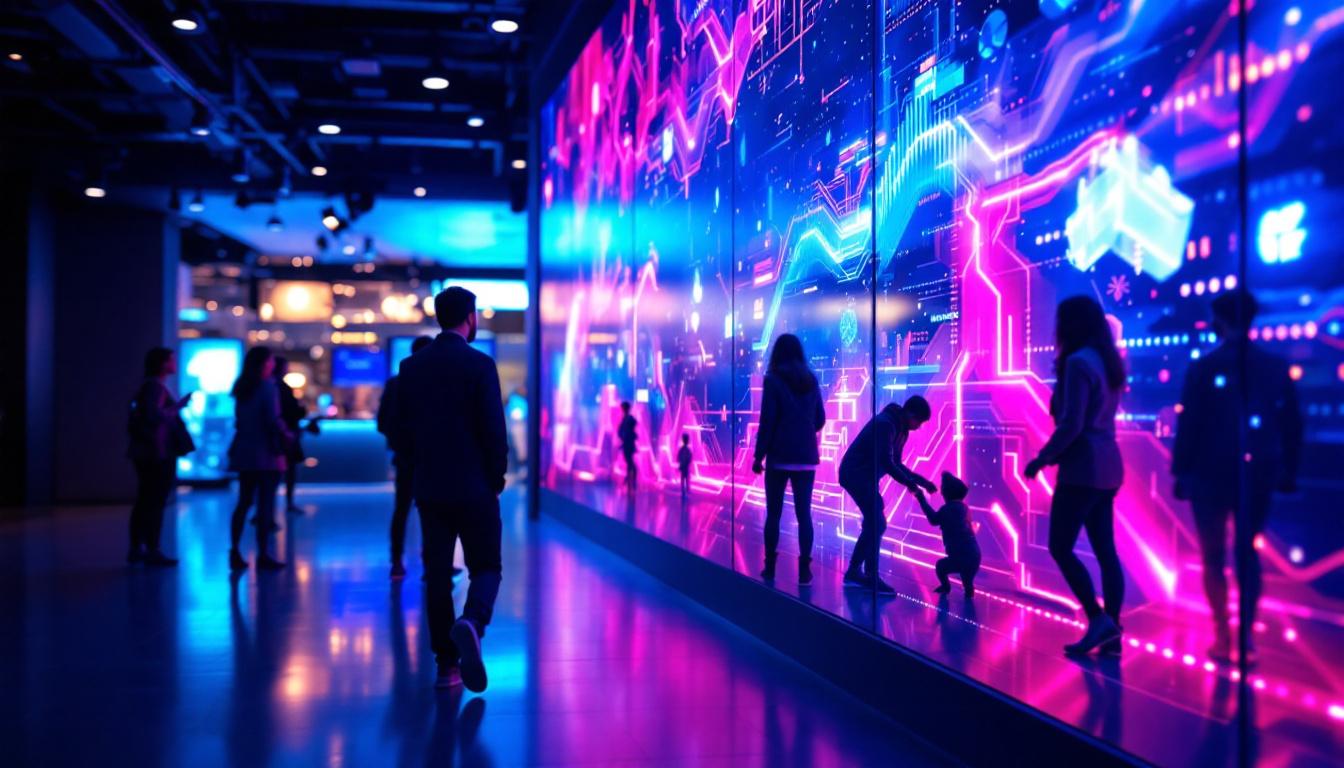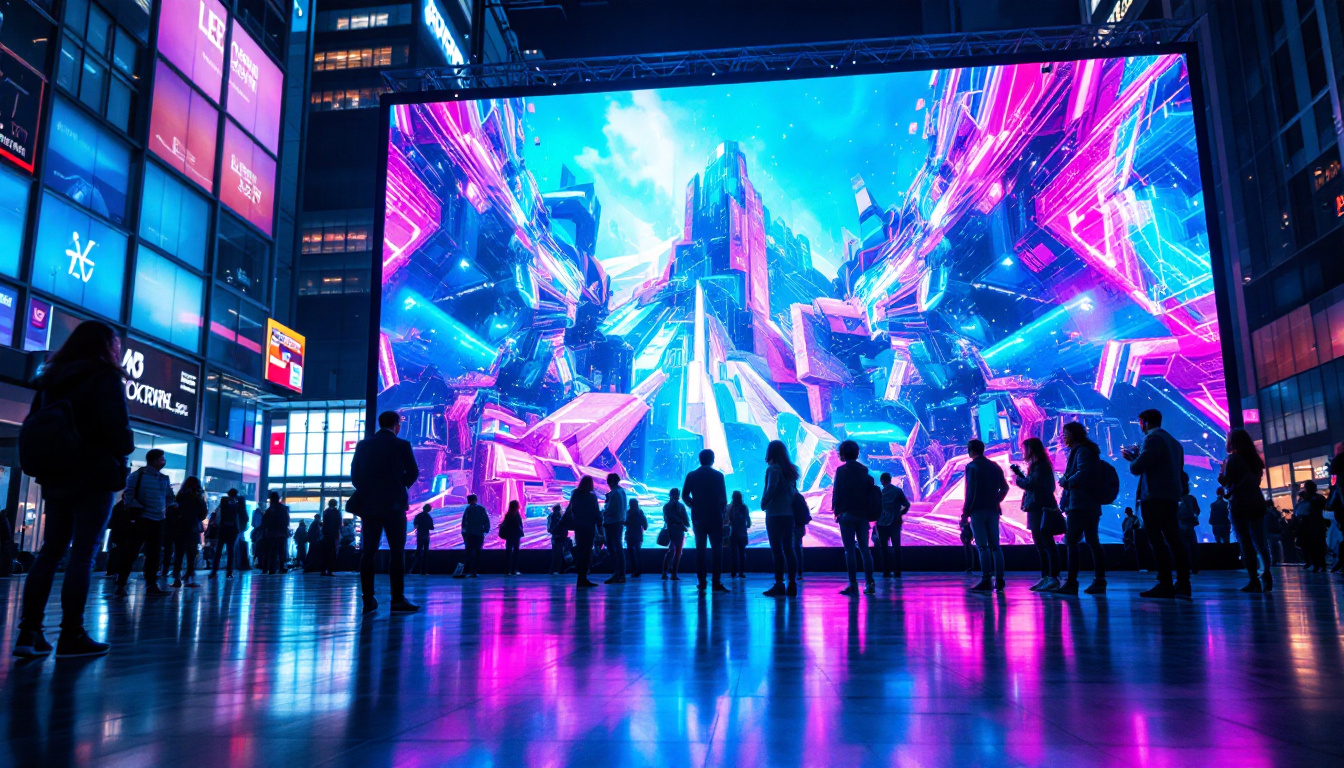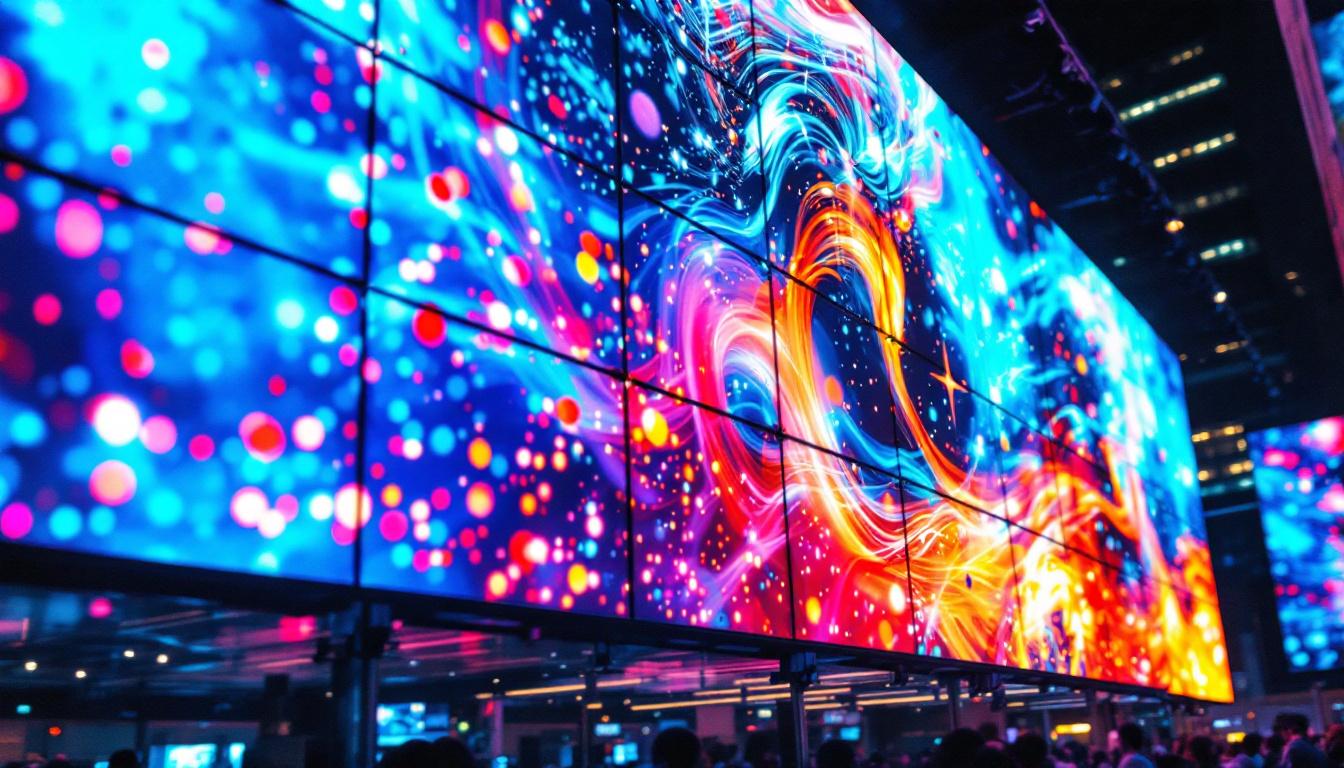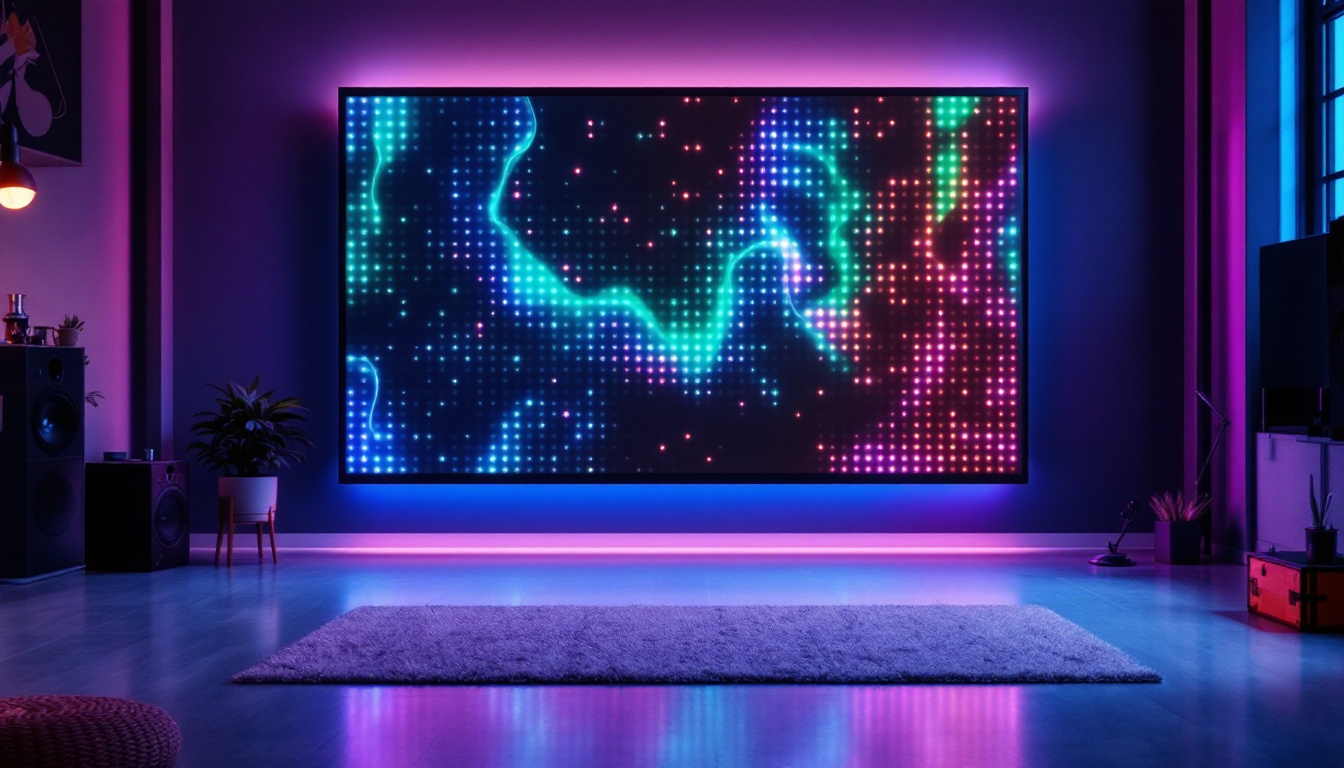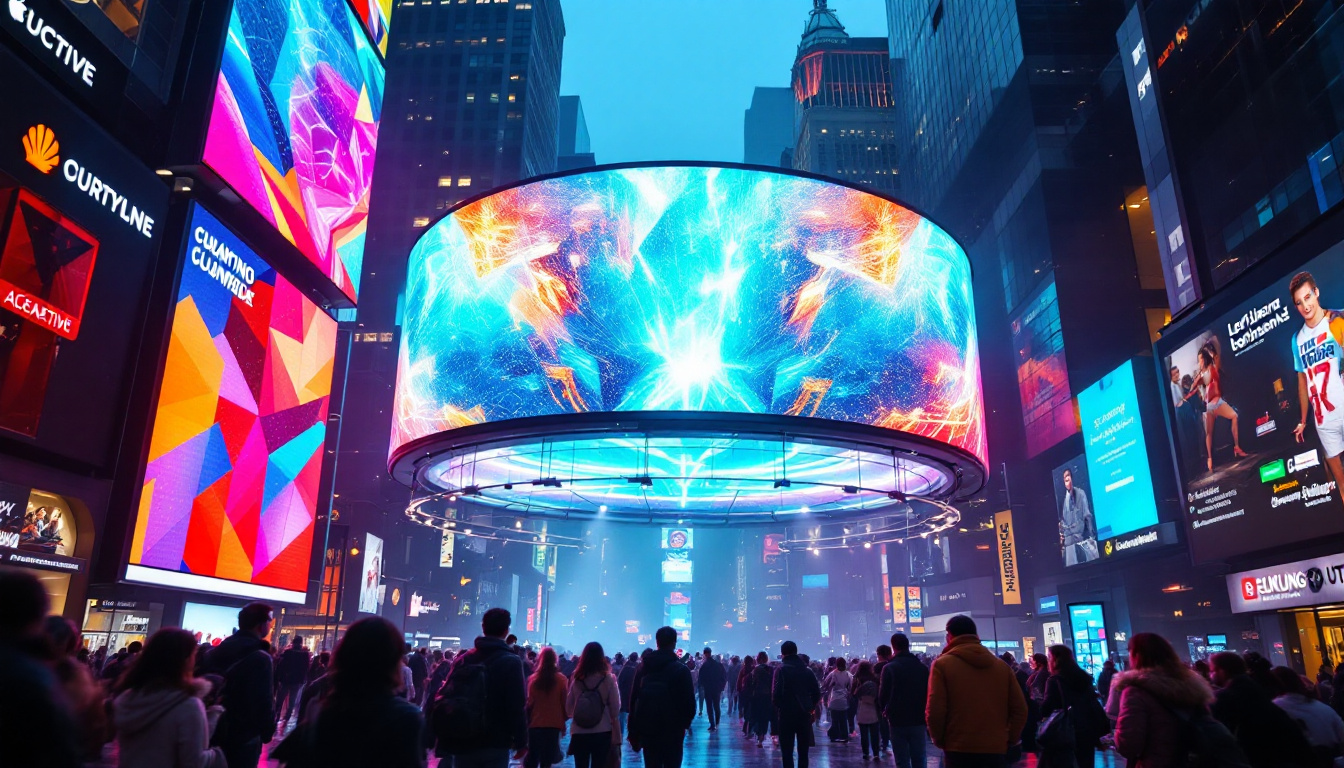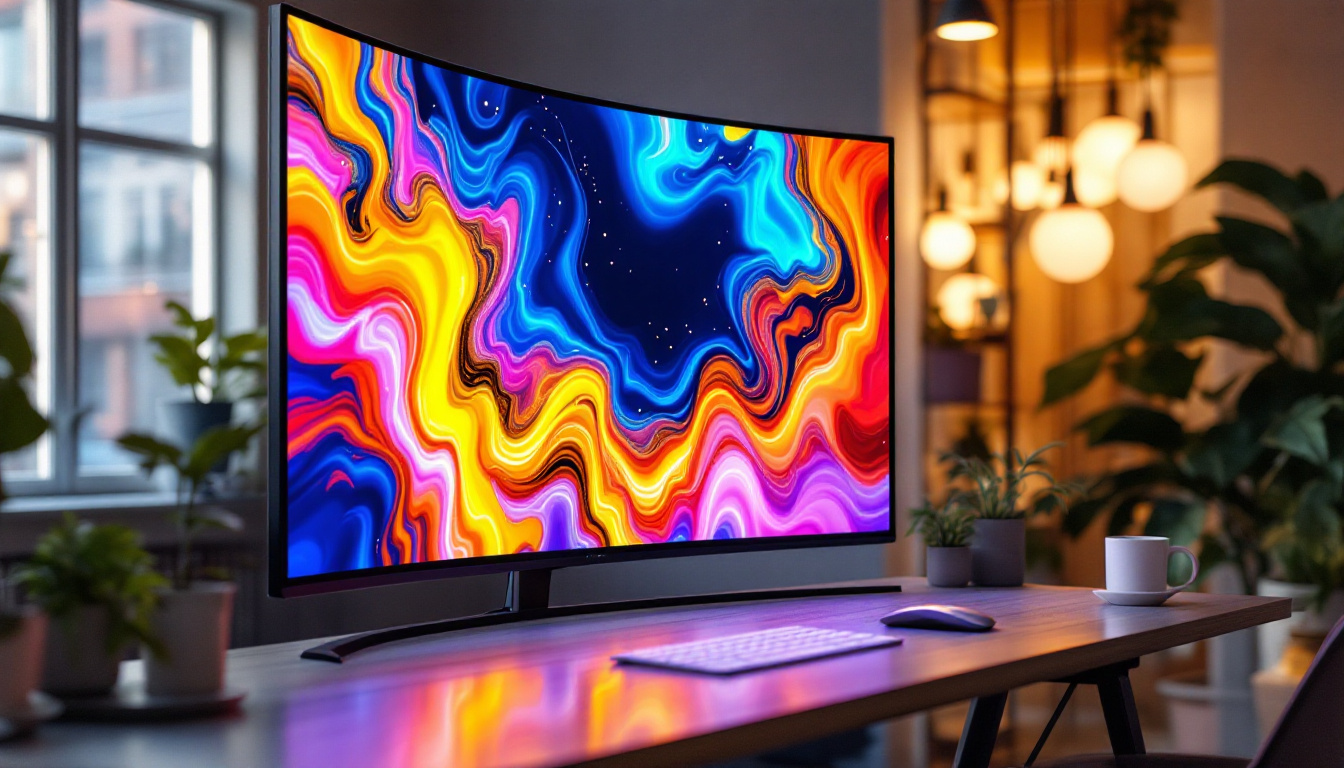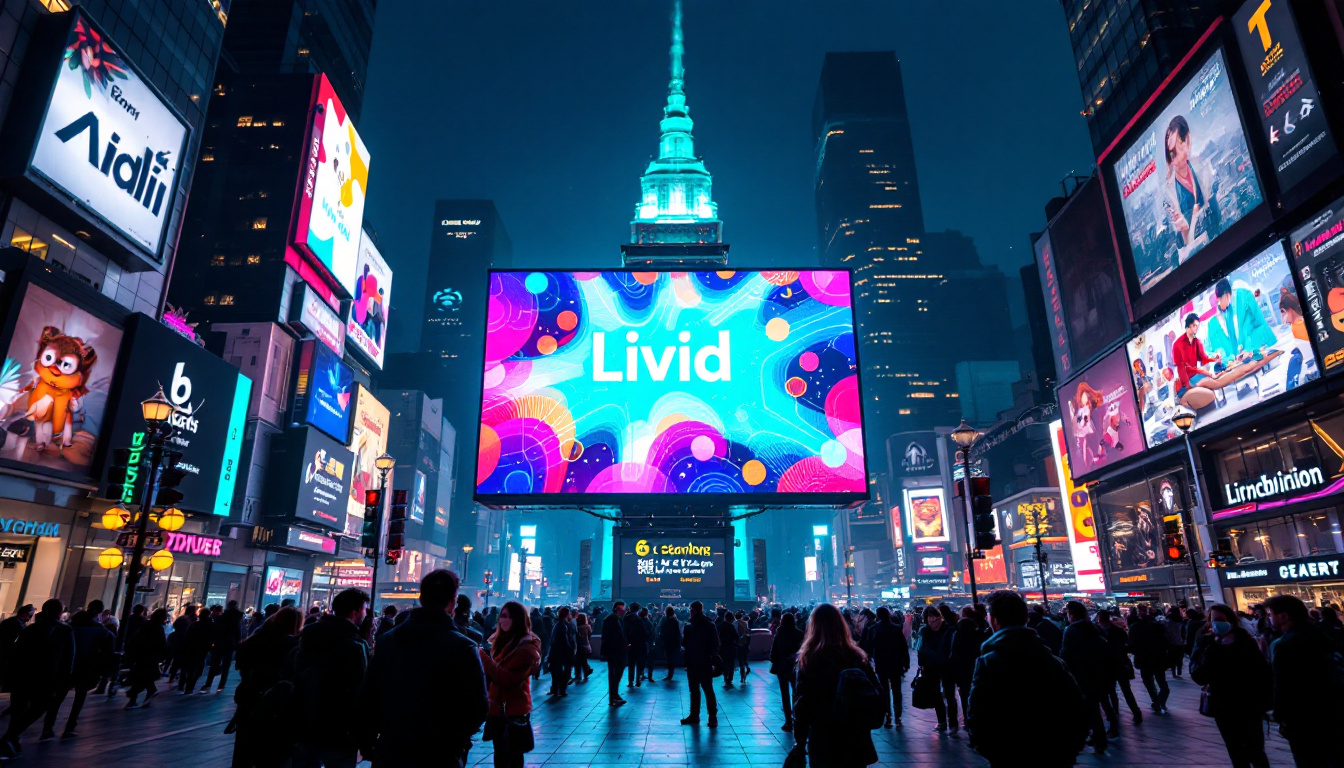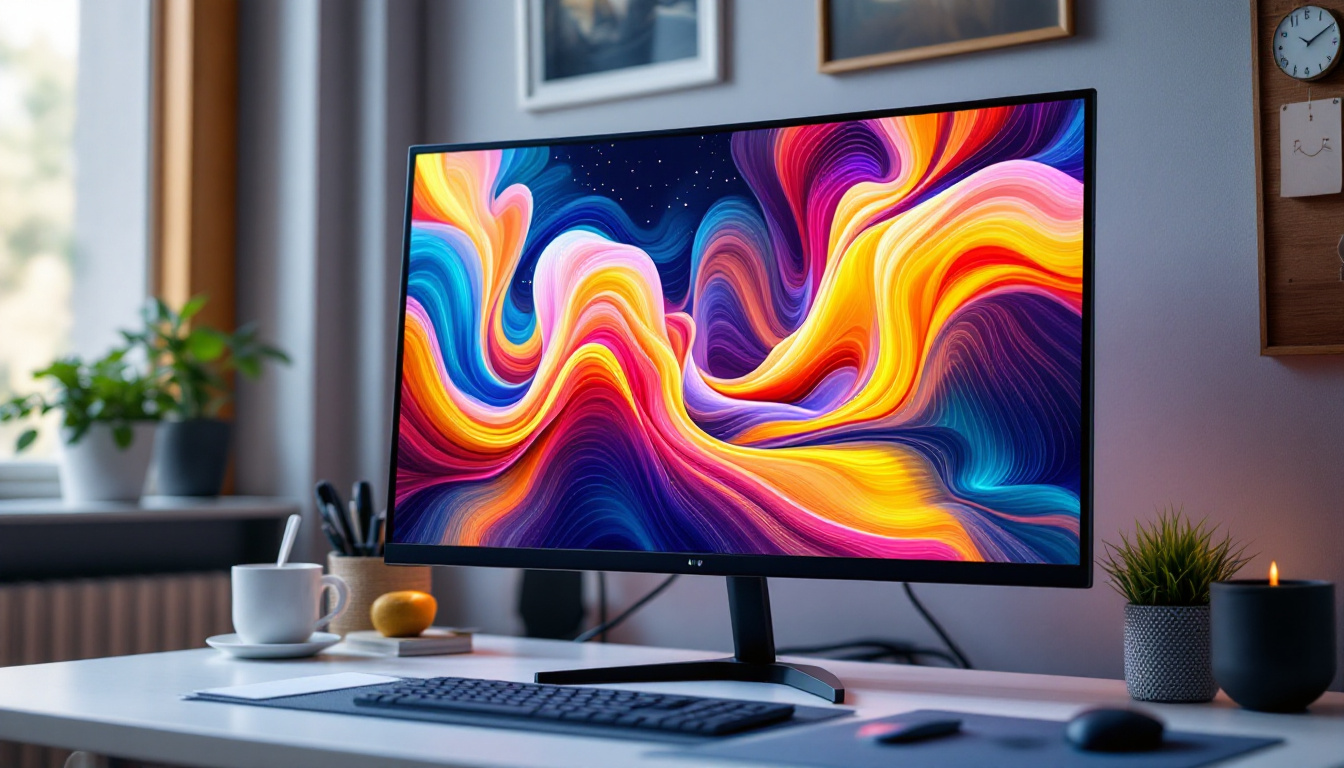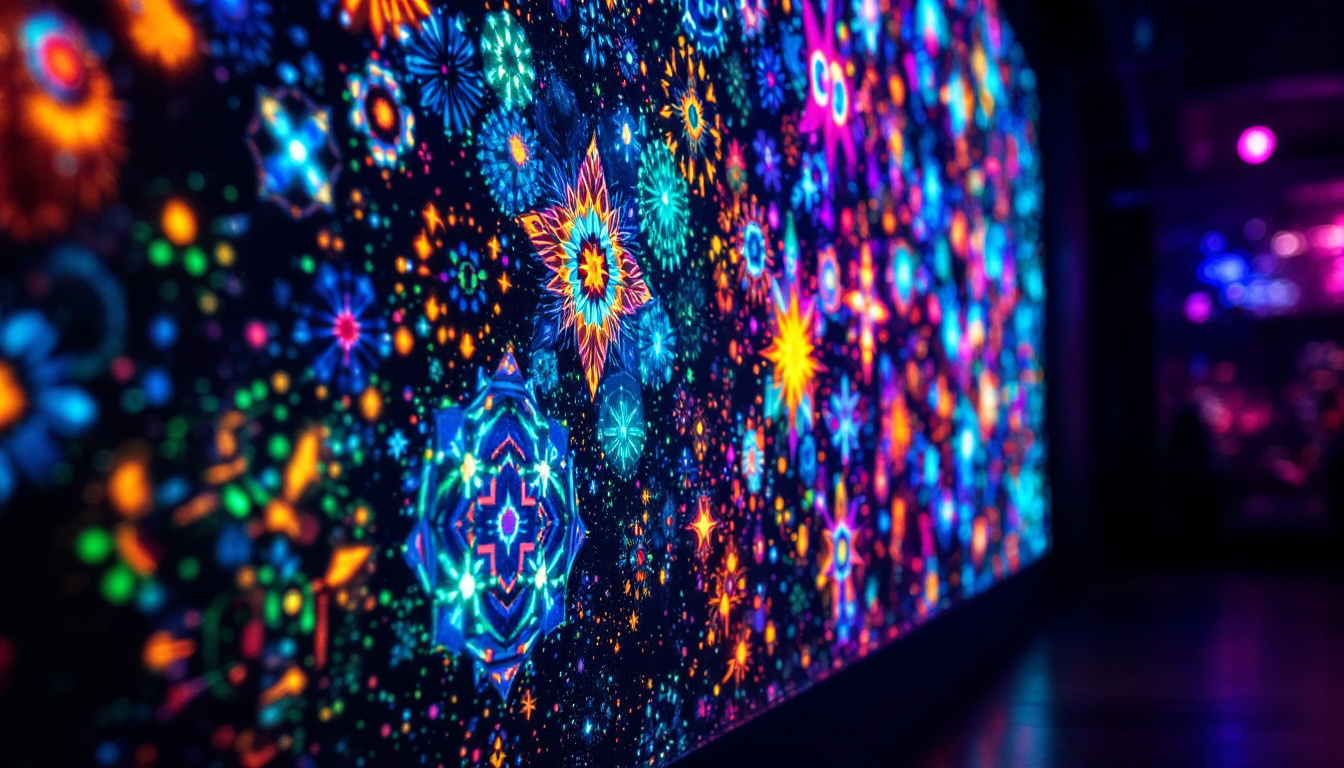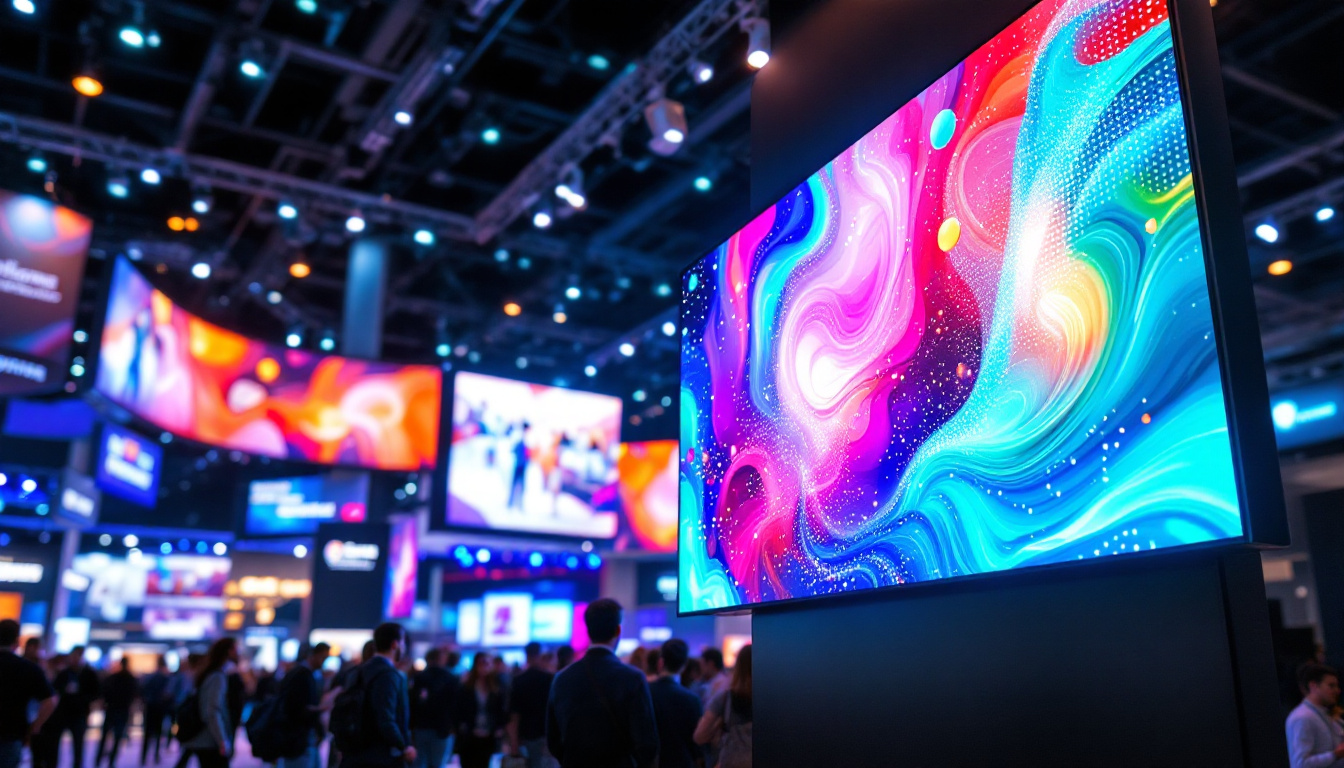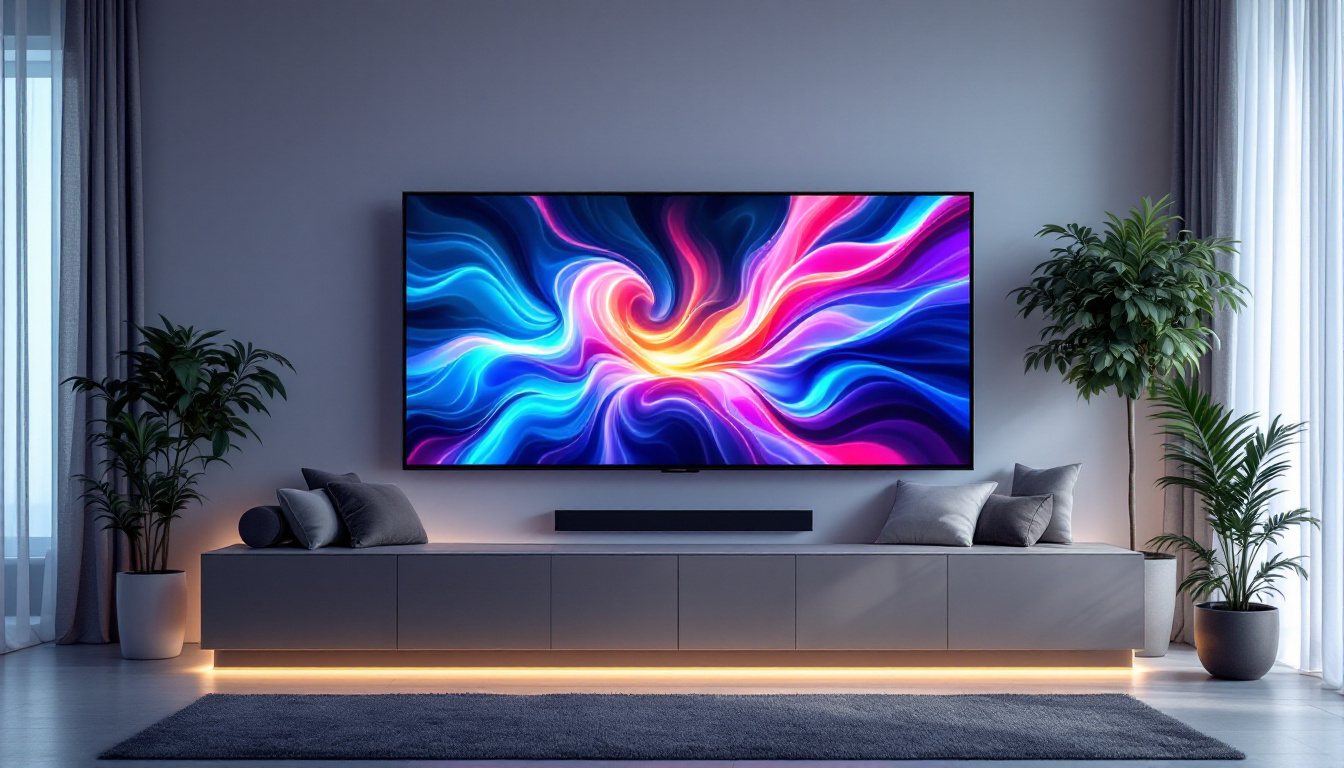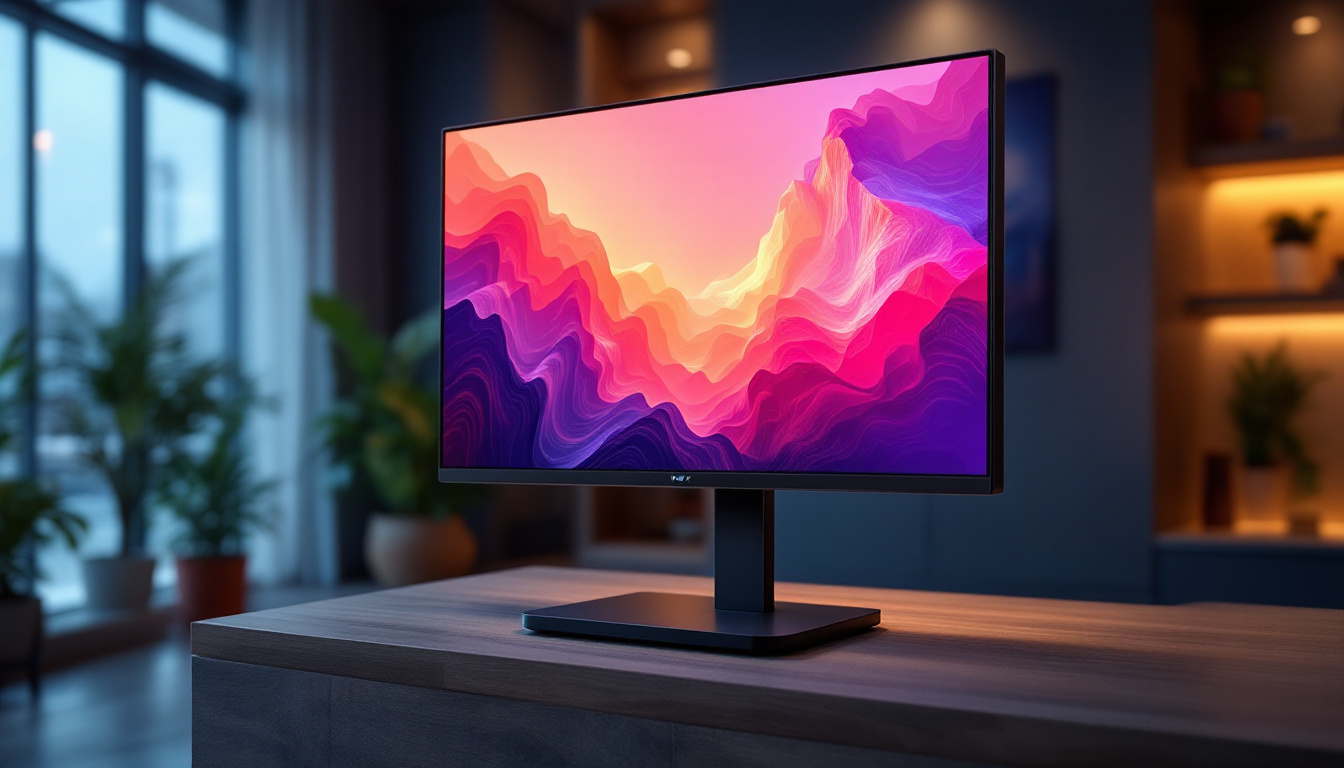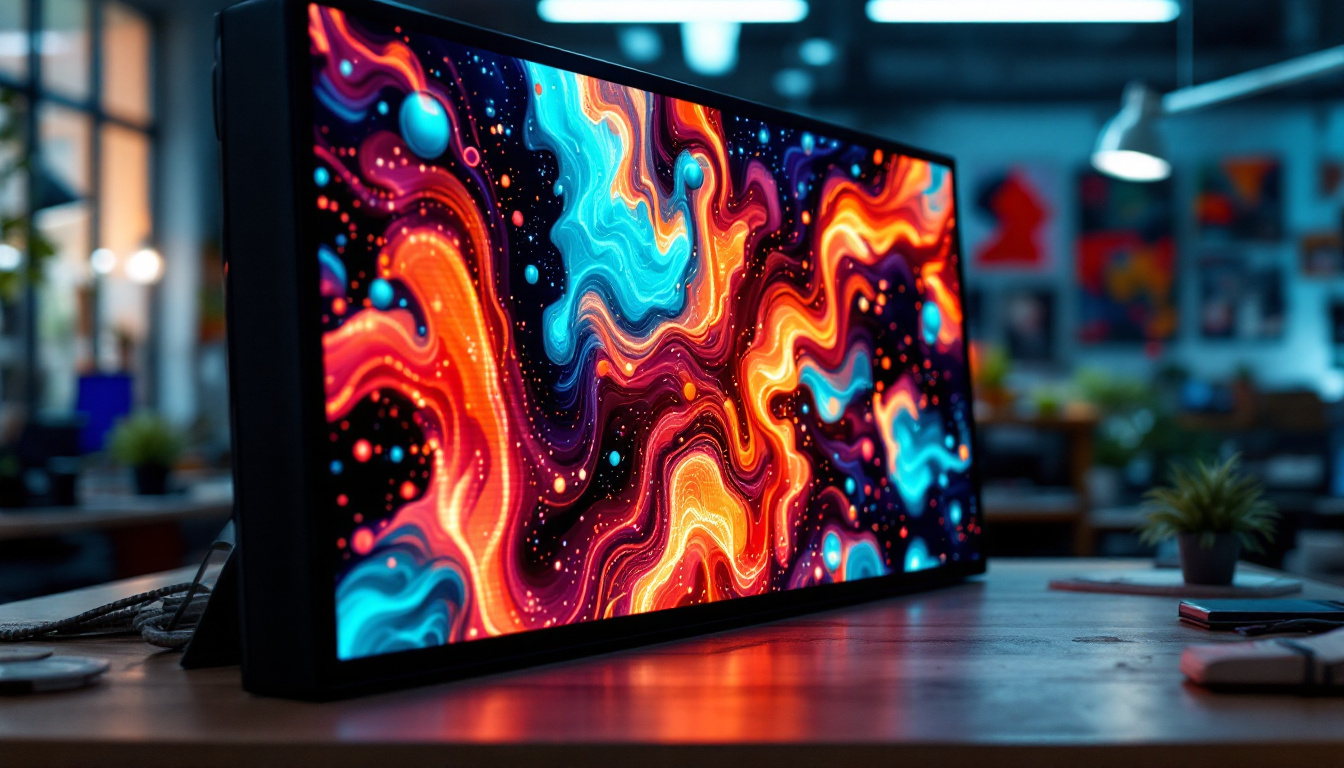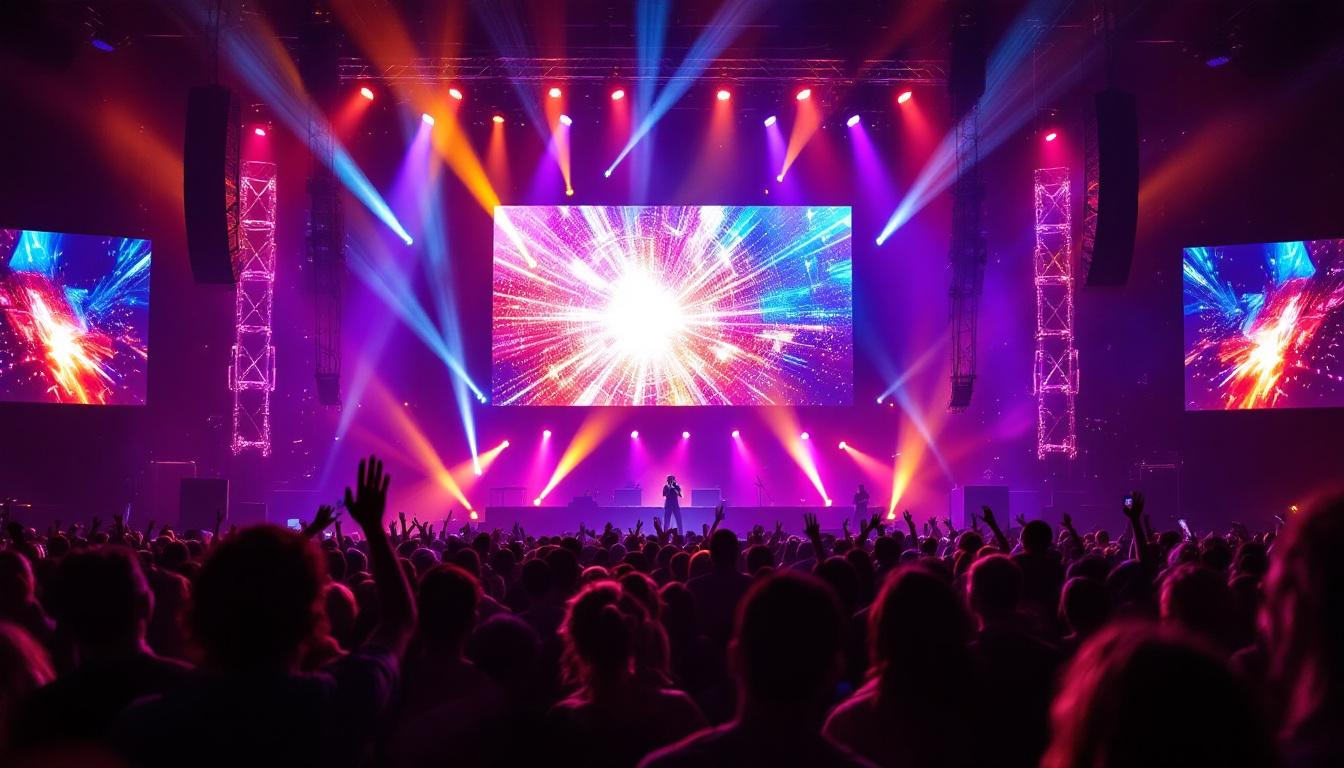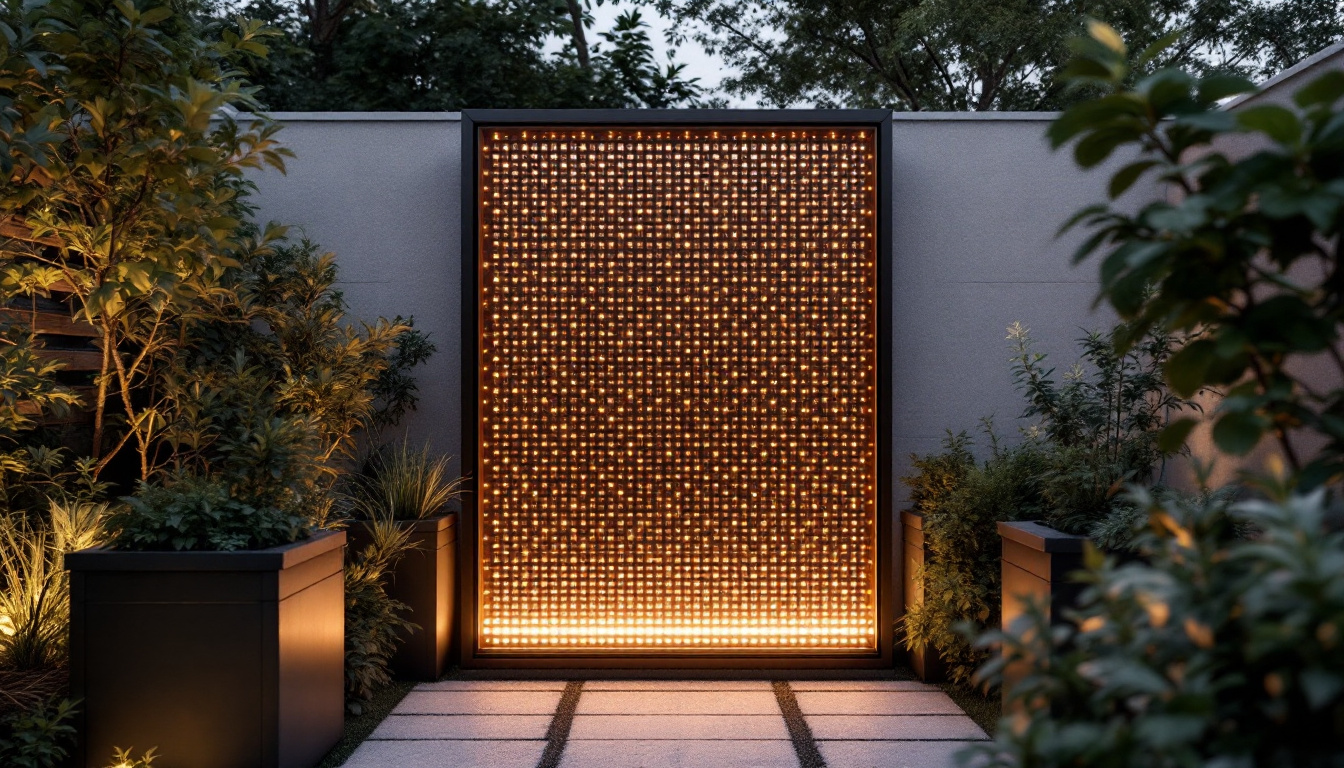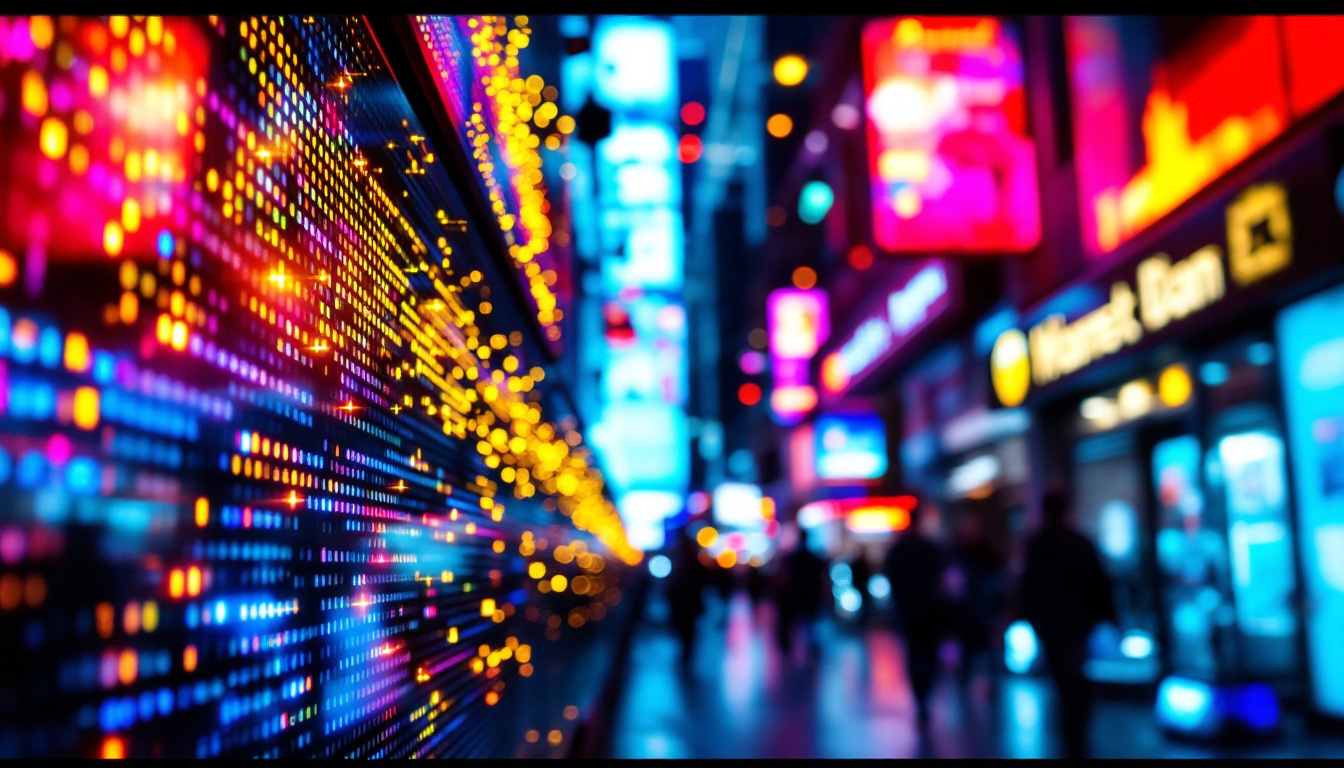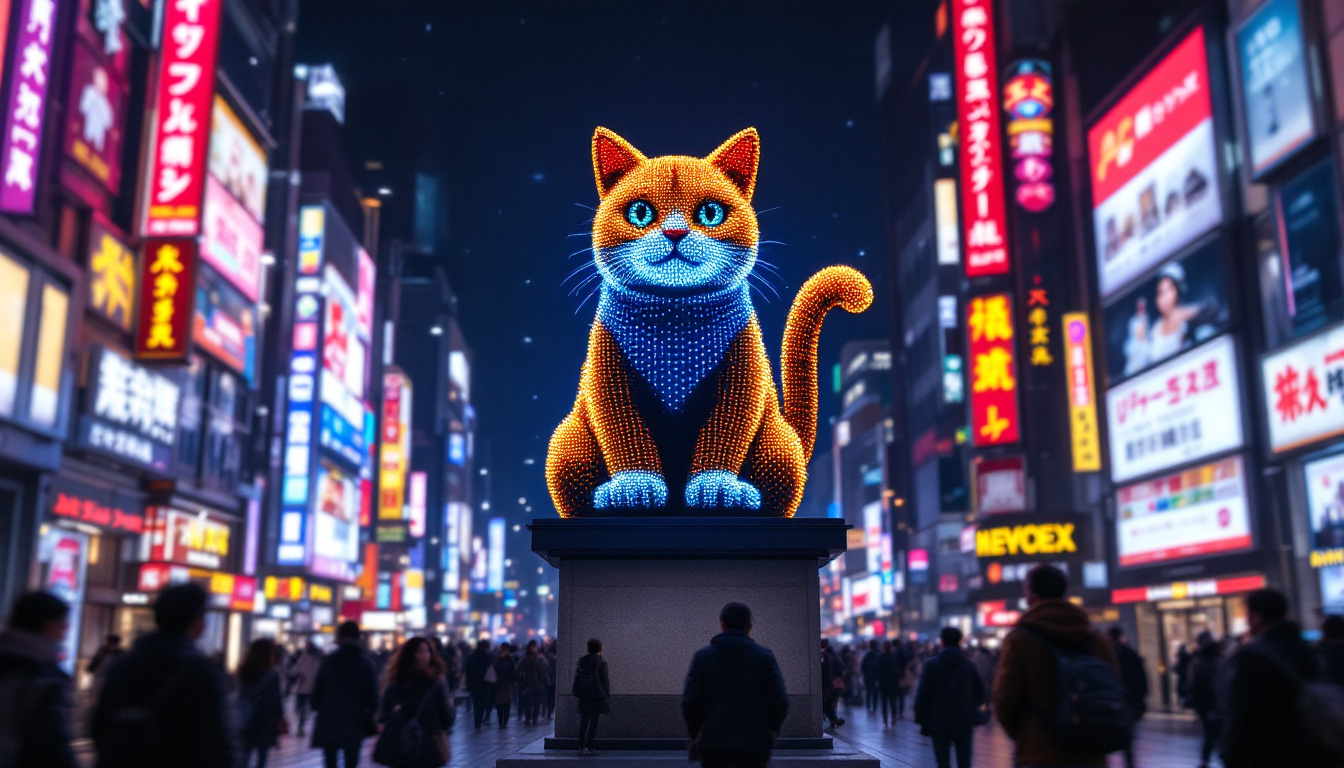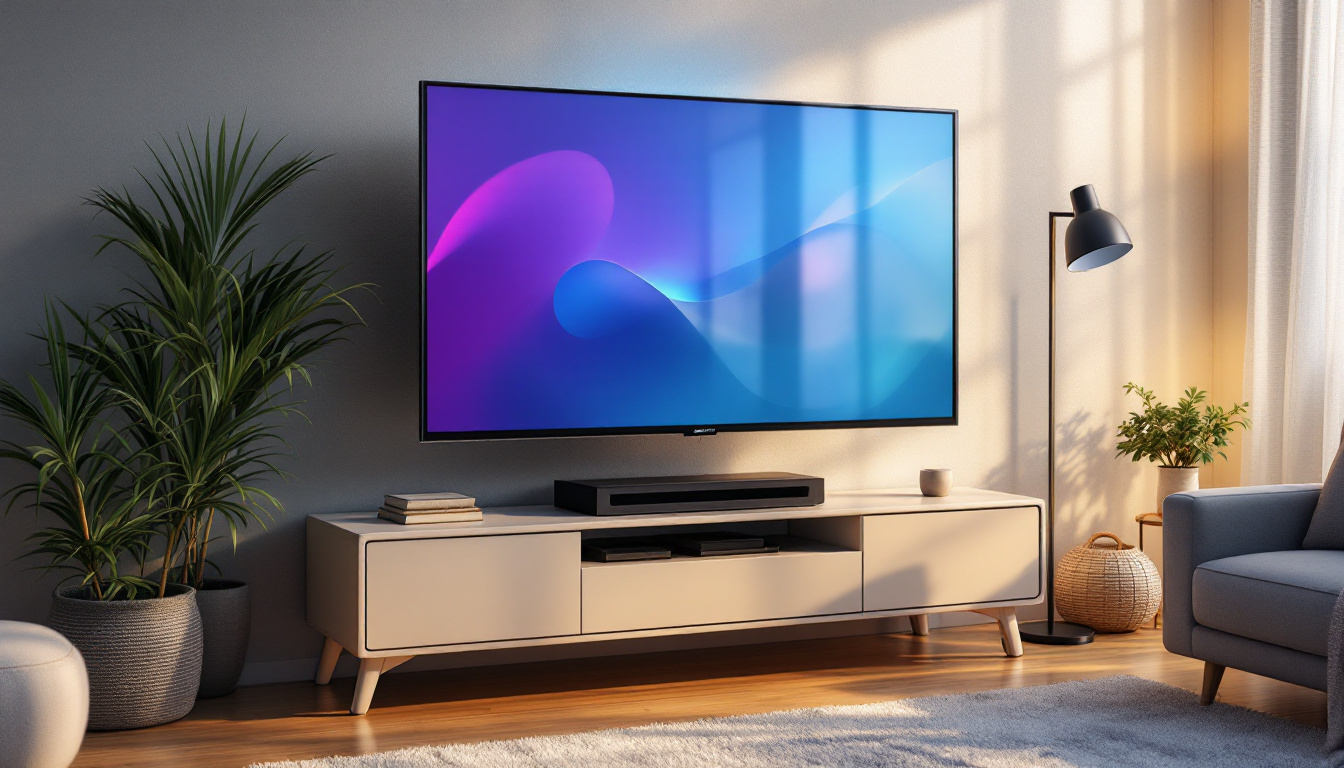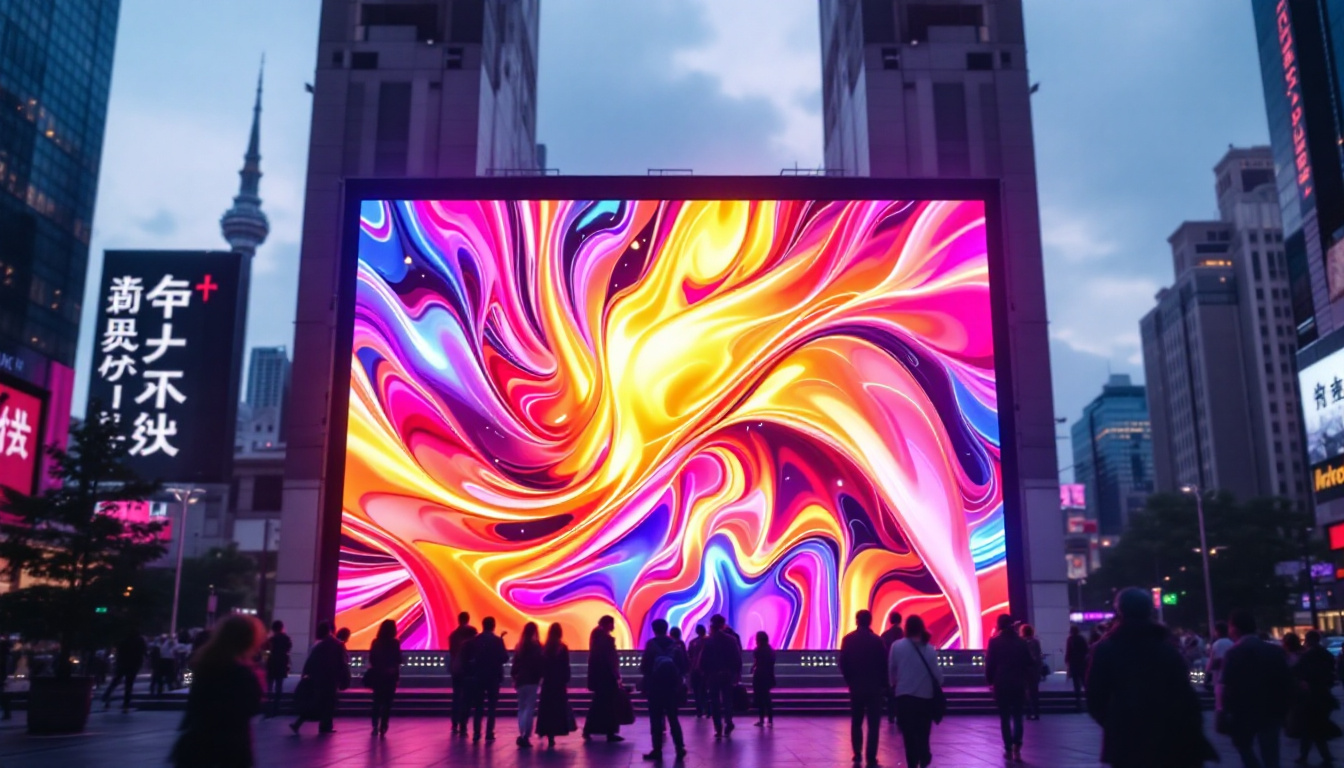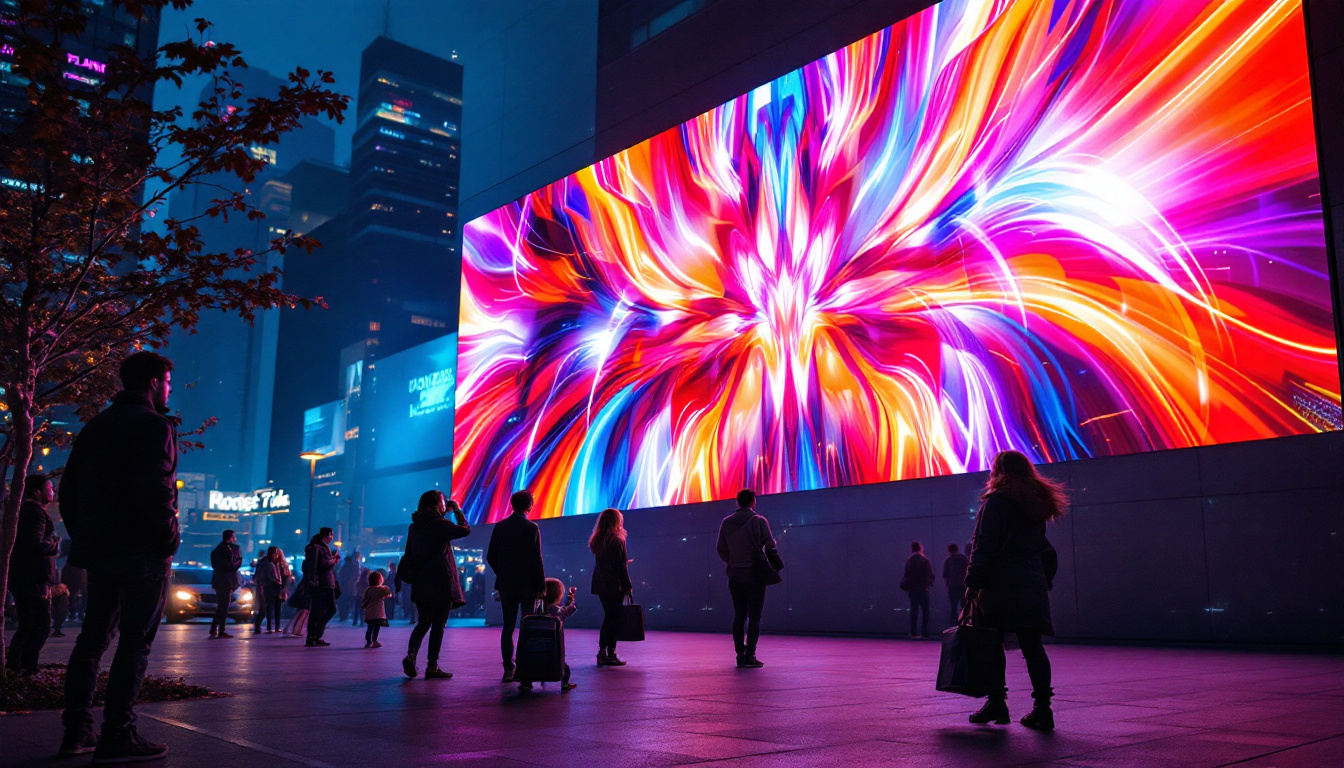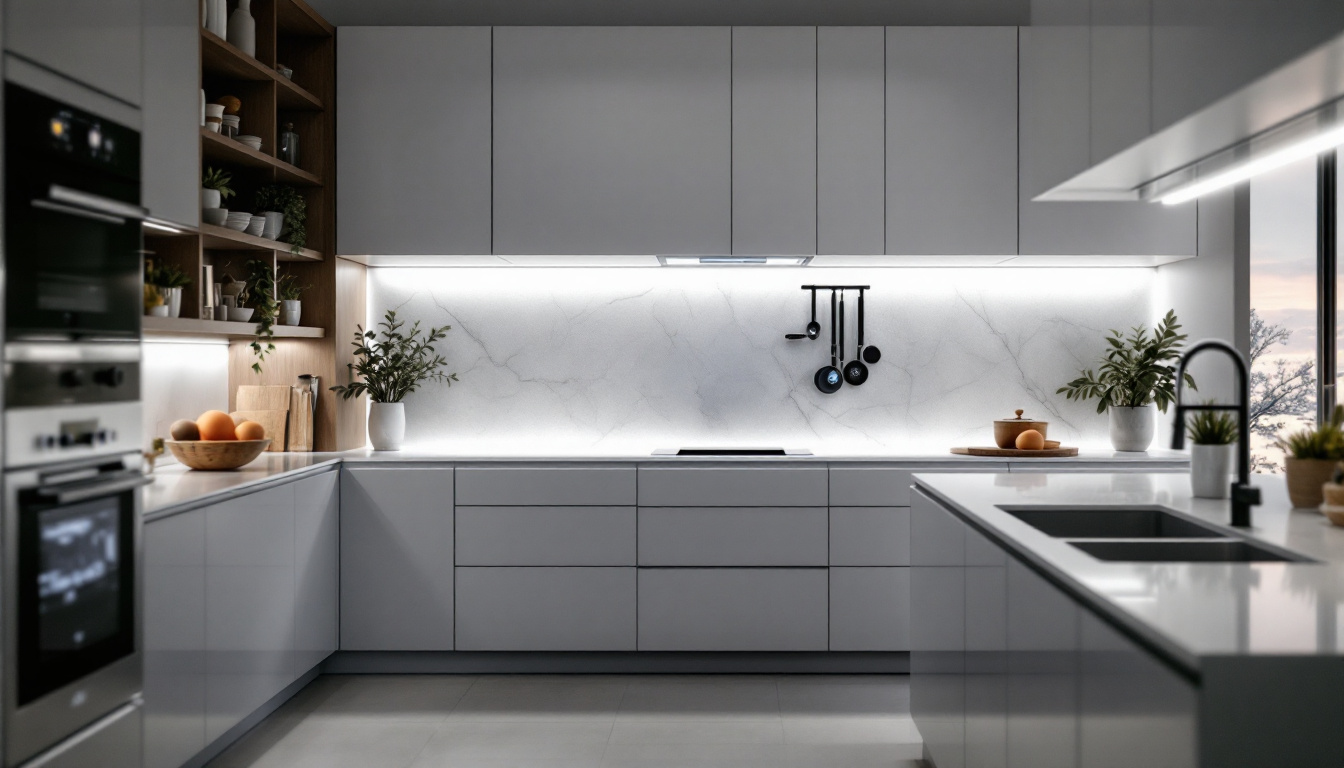LED displays have revolutionized the way information is presented, whether in advertising, entertainment, or information dissemination. Understanding the various sizes and configurations of LED displays is essential for anyone looking to invest in or utilize this technology effectively. This article delves into the intricacies of LED sizes, their applications, and how they can be selected based on specific needs.
Understanding LED Technology
Light Emitting Diodes (LEDs) are semiconductor devices that emit light when an electric current passes through them. This technology has become the backbone of modern display systems, offering vibrant colors, energy efficiency, and longevity. The size of an LED display can significantly influence its performance and suitability for different environments.
The Basics of LED Displays
LED displays are made up of numerous individual LEDs arranged in a grid. Each pixel on the display is formed by combining red, green, and blue LEDs, which can be adjusted to create a full spectrum of colors. The arrangement and size of these pixels determine the display’s resolution and clarity.
Resolution is a critical factor in LED displays, especially for applications where detail is essential. A higher pixel density results in a sharper image, making it ideal for close viewing distances, such as in retail environments or control rooms. Furthermore, advancements in technology have led to the development of ultra-high-definition (UHD) displays that can deliver stunning visuals, enhancing the viewing experience for audiences in various settings. This is particularly beneficial in environments where precision is key, such as medical imaging or high-end gaming.
Types of LED Displays
There are several types of LED displays, each designed for specific applications. The most common types include:
- Indoor LED Displays: These are typically used in venues such as shopping malls, conference rooms, and theaters. They have a higher pixel density, which allows for clearer images when viewed from a short distance.
- Outdoor LED Displays: Built to withstand harsh weather conditions, these displays are often used for billboards and large advertising screens. They are designed with lower pixel density but are brighter to ensure visibility in daylight.
- Transparent LED Displays: A newer innovation, these displays allow light to pass through them, making them ideal for storefronts and exhibition spaces where visibility is crucial.
In addition to these common types, there are also specialized LED displays such as flexible LED screens, which can be bent or shaped to fit unique architectural designs, and interactive LED displays that respond to touch or movement, providing an engaging experience for users. These innovations are pushing the boundaries of how LED technology can be utilized, making it an exciting area of development in both commercial and artistic applications. As the technology continues to evolve, we can expect to see even more creative uses for LED displays, transforming the way we interact with visual content in our daily lives.
LED Display Sizes Explained
When discussing LED display sizes, it’s essential to consider both physical dimensions and pixel pitch. The physical size of the display is measured in inches or meters, while pixel pitch refers to the distance between the centers of two adjacent pixels, usually measured in millimeters.
Physical Dimensions
LED displays come in various sizes, ranging from small screens suitable for personal use to massive installations that can dominate city skylines. The choice of size is often dictated by the intended application:
- Small Displays: Ranging from 32 inches to 55 inches, these displays are often used in retail settings, conference rooms, and as digital signage in various locations.
- Medium Displays: Typically between 55 inches and 100 inches, these displays are ideal for larger venues, such as auditoriums and sports arenas, where visibility from a distance is required.
- Large Displays: Anything above 100 inches, these are used for outdoor advertising, stadiums, and large public events. Their size ensures that they can be seen from significant distances.
Understanding Pixel Pitch
Pixel pitch is a crucial specification that affects the display’s clarity and viewing distance. A smaller pixel pitch indicates a higher pixel density, resulting in a sharper image. Conversely, a larger pixel pitch is suitable for applications where the viewer is typically farther away.
For example, a pixel pitch of 2.5 mm is ideal for indoor environments where viewers are close to the screen, while a 10 mm pixel pitch might be more appropriate for outdoor displays viewed from a distance. Understanding pixel pitch helps in selecting the right display for specific applications.
Additionally, the choice of pixel pitch can significantly impact the overall viewing experience. In environments such as museums or galleries, where intricate details are crucial, a smaller pixel pitch allows for a more immersive experience, enabling viewers to appreciate the finer aspects of the displayed content. On the other hand, in bustling outdoor settings like shopping districts or sports venues, a larger pixel pitch can effectively deliver vibrant visuals that capture attention without the need for excessive detail, as the audience is often moving and viewing from various angles.
Moreover, advancements in LED technology have led to the development of flexible and curved displays, which can further enhance the viewing experience by allowing for creative installations that fit unique architectural designs. These innovative displays can wrap around corners or be integrated into various surfaces, providing a dynamic way to engage audiences in both indoor and outdoor environments. As the technology continues to evolve, the possibilities for LED display sizes and configurations are expanding, making it an exciting field for both creators and consumers alike.
Choosing the Right LED Display Size
Selecting the appropriate LED display size involves several considerations, including the viewing distance, the environment, and the purpose of the display. Here are some factors to keep in mind:
Viewing Distance
The distance from which the display will be viewed plays a significant role in determining the optimal size and pixel pitch. For instance, if the display is intended for a small conference room, a smaller screen with a high pixel density is preferable. On the other hand, a large outdoor billboard should be visible from a considerable distance, necessitating a larger size and lower pixel density.
Environment
The environment in which the display will be installed also impacts the choice of size and type. Indoor displays typically require higher resolutions and smaller sizes, while outdoor displays need to be robust, weather-resistant, and bright enough to compete with sunlight.
Purpose and Content
Understanding the content that will be displayed is crucial. For detailed graphics, videos, or presentations, a higher resolution is necessary. Conversely, for simple text or images viewed from a distance, a lower resolution may suffice. The purpose of the display should guide the decision on size and pixel pitch.
Applications of LED Displays
LED displays are versatile and can be found in various applications across different industries. Their adaptability makes them suitable for numerous settings, each with unique requirements.
Advertising and Marketing
One of the most common uses of LED displays is in advertising. Billboards and digital signage in retail environments utilize vibrant LED screens to attract attention and convey messages effectively. The ability to change content quickly allows businesses to promote sales, events, and new products dynamically.
Events and Entertainment
In the entertainment industry, LED displays are used for concerts, festivals, and sports events. Large screens provide audiences with a better viewing experience, ensuring that everyone can see the action, regardless of their seat location. These displays can also be synchronized with audio for a more immersive experience.
Corporate and Educational Use
In corporate settings, LED displays are often used for presentations, meetings, and training sessions. They facilitate better communication and engagement among participants. Educational institutions also utilize LED displays for announcements, interactive learning, and showcasing student work.
Future Trends in LED Display Technology
The LED display industry is continuously evolving, with new technologies and innovations emerging regularly. Staying informed about these trends can help businesses and individuals make better decisions regarding their display needs.
Advancements in Resolution
As technology progresses, the demand for higher resolution displays continues to grow. Innovations such as MicroLED and MiniLED technologies are paving the way for displays with exceptional clarity and color accuracy. These advancements will likely lead to even smaller pixel pitches, making high-resolution displays accessible for various applications.
Integration with Smart Technology
Smart technology integration is becoming increasingly prevalent in LED displays. Features such as touch interactivity, connectivity with mobile devices, and integration with IoT systems are enhancing the functionality of displays. This trend allows for more engaging and dynamic content delivery.
Sustainability and Energy Efficiency
With growing concerns about environmental impact, manufacturers are focusing on creating more energy-efficient LED displays. This includes using sustainable materials and improving the energy consumption of displays without compromising performance. As sustainability becomes a priority, consumers can expect to see more eco-friendly options in the market.
Conclusion
Understanding LED sizes and their applications is crucial for making informed decisions in today’s technology-driven world. With various types of displays available, each suited for different environments and purposes, it is essential to consider factors such as viewing distance, environment, and content type when selecting an LED display.
As technology continues to advance, the future of LED displays looks promising, with innovations in resolution, smart technology integration, and sustainability paving the way for more versatile and efficient display solutions. Whether for advertising, entertainment, or corporate use, LED displays will remain a vital tool for effective communication and engagement.
Explore Cutting-Edge LED Display Solutions with LumenMatrix
Ready to elevate your visual communication? Discover the transformative power of LumenMatrix’s innovative LED display technology. From vibrant Indoor and Outdoor LED Wall Displays to dynamic Vehicle and Sports LED Displays, our solutions are designed to captivate and engage. Experience the future of digital signage with our LED Poster Displays, Floor LED Displays, and Custom LED solutions. Embrace the clarity and impact of LumenMatrix’s All-in-One and Transparent LED Displays. Check out LumenMatrix LED Display Solutions today and revolutionize the way you share your message.

